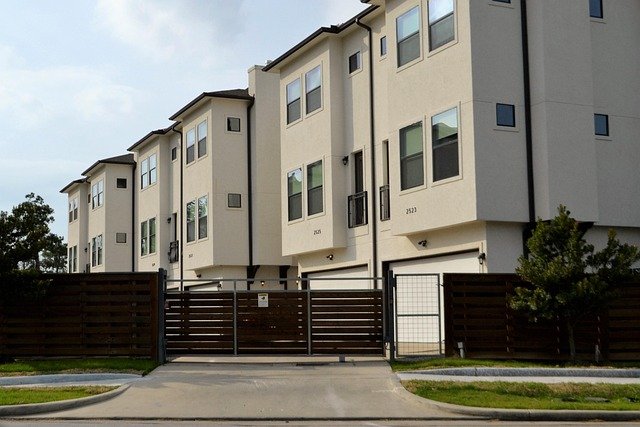Title: Micro-Unit Living: Redefining Urban Housing Dynamics
The urban housing landscape is undergoing a significant transformation with the rise of micro-unit living. These compact dwellings, typically ranging from 200 to 400 square feet, are reshaping city centers and challenging traditional notions of residential space. As urban populations grow and housing affordability becomes increasingly strained, micro-units emerge as a potential solution to maximize living space in densely populated areas. This innovative approach to urban housing is not just a trend but a response to changing demographics, lifestyle preferences, and economic realities in major metropolitan areas worldwide.

Economic Drivers Behind Micro-Living
The surge in micro-unit developments is largely driven by economic factors. In many major cities, housing costs have outpaced wage growth, making traditional apartments increasingly unaffordable for many residents. Micro-units provide a more accessible price point, allowing individuals to live in prime urban locations without breaking the bank. For developers, these compact dwellings offer higher potential returns per square foot, incentivizing the construction of micro-unit buildings in areas where land is scarce and expensive.
Design Innovations in Small Spaces
Architects and designers are at the forefront of the micro-unit movement, developing innovative solutions to make small spaces feel larger and more livable. Techniques such as high ceilings, large windows, and open floor plans create a sense of spaciousness. Multifunctional furniture, like murphy beds and convertible tables, allow residents to transform their living space throughout the day. Some micro-unit developments also incorporate shared amenities, such as communal lounges, kitchens, and workspaces, extending the living area beyond the individual unit.
Regulatory Challenges and Zoning Adaptations
The proliferation of micro-units has not been without challenges. Many cities have had to reevaluate their zoning laws and building codes, which often stipulate minimum unit sizes or maximum occupancy rates. Progressive municipalities are adapting regulations to accommodate micro-unit developments, recognizing their potential to address housing shortages and affordability issues. However, concerns about overcrowding, quality of life, and long-term urban planning implications continue to spark debates among policymakers and urban planners.
Impact on Urban Demographics and Social Dynamics
Micro-unit living is reshaping urban demographics and social interactions. These compact dwellings attract a diverse array of residents, from young professionals and students to downsizing empty-nesters. The emphasis on shared spaces and community amenities in many micro-unit developments fosters a sense of community often lacking in traditional apartment buildings. This shift towards more communal living arrangements could have profound implications for urban social structures and neighborhood dynamics in the coming years.
Environmental Considerations of Micro-Living
From an environmental perspective, micro-units offer several advantages. Their smaller footprint translates to reduced energy consumption for heating, cooling, and lighting. The centralized location of many micro-unit developments also promotes walkability and the use of public transportation, potentially reducing carbon emissions associated with commuting. Additionally, the efficient use of space in micro-unit buildings can help combat urban sprawl by increasing population density in city centers.
Future Outlook and Market Potential
As urban populations continue to grow and housing affordability remains a pressing issue, the micro-unit trend is poised for further expansion. Market analysts predict steady growth in the micro-living sector, with developers and investors increasingly recognizing the potential of this niche. However, the long-term success of micro-units will depend on their ability to adapt to changing consumer preferences, technological advancements, and evolving urban policies. The integration of smart home technologies, for instance, could further enhance the livability and appeal of these compact spaces.
In conclusion, micro-unit living represents a significant shift in urban housing dynamics, offering a creative solution to the challenges of affordability and space constraints in major cities. While not without controversy, this innovative approach to residential development has the potential to reshape urban landscapes, influence social interactions, and redefine our concept of home in the 21st-century metropolis. As the micro-living trend evolves, it will be crucial for developers, policymakers, and urban planners to work collaboratively to ensure that these compact dwellings contribute positively to the fabric of urban life.





